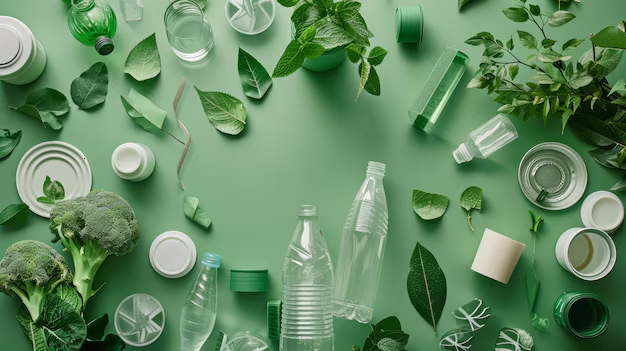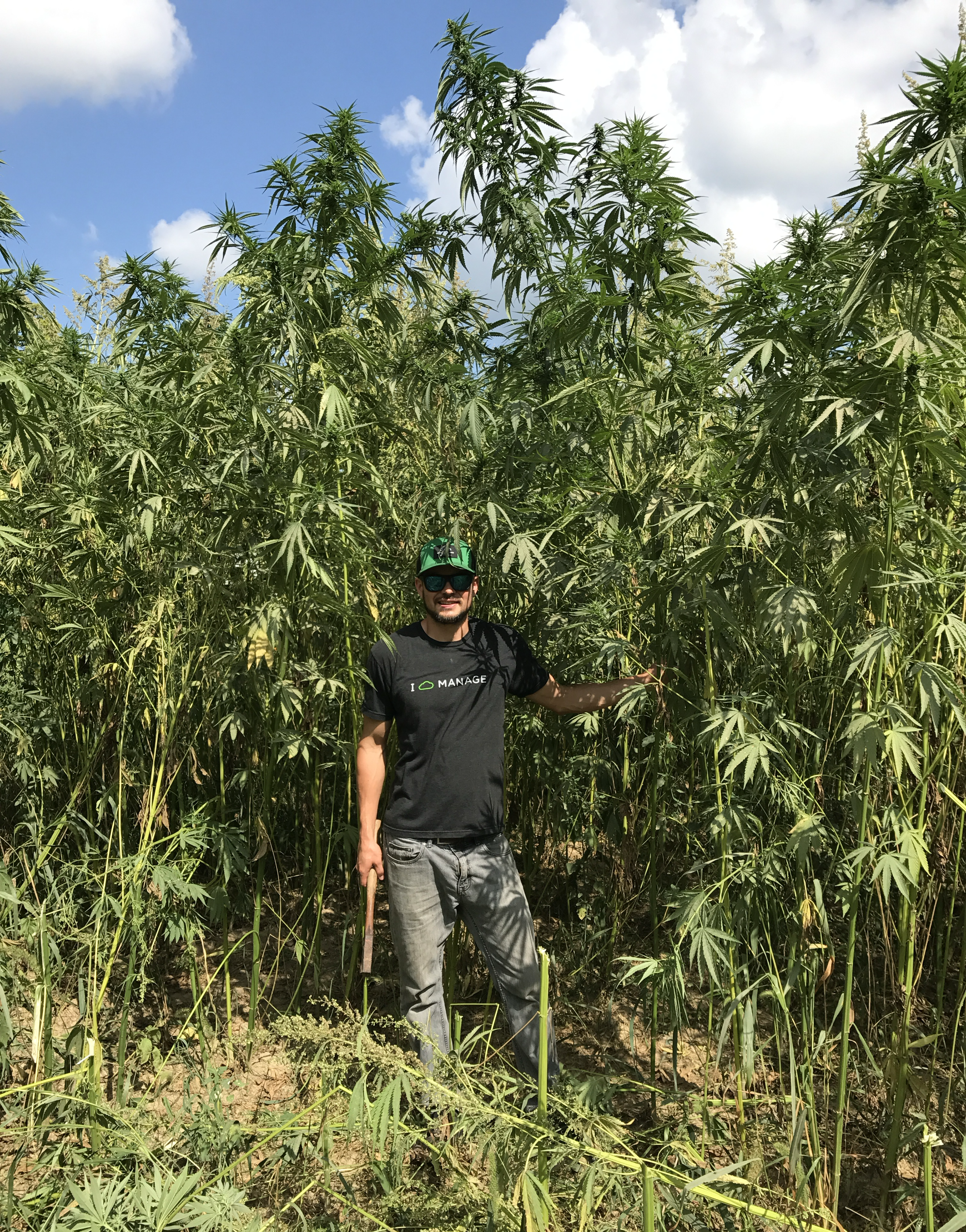Home > Environmental Profile

A biopolymer, is a type of polymer that is derived from renewable biological sources such as plants, animals, and microorganisms. The most wildly used biopolymer is PLA made from corn. Many biopolymers are biodegradable, meaning they can be broken down into simpler, environmentally benign substances by microorganisms under appropriate conditions. This makes them suitable for applications where environmental impact and waste management are concerns. Production of biopolymers typically generates lower greenhouse gas emissions compared to petroleum-based polymers. This is because bio-based polymers utilize carbon dioxide during the growth of the biological sources, which is then sequestered in the polymer structure, thus reducing the overall carbon footprint. Unlike some traditional polymers that may contain toxic additives or by-products, bio-based polymers can be produced without the use of harmful chemicals, making them safer for both human health and the environment.
Hemp cultivation offers several environmental benefits, including soil remediation, little to no pesticide run off, carbon sequestration, and reduced water usage. Hemp's deep root system can help break up compacted soils and improve soil structure, while its fast growth rate and high biomass production make it an effective tool for phytoremediation of contaminated soils. Additionally, hemp absorbs large amounts of carbon dioxide during its growth due to the speed it at which it grows. When manufacturing goods from this biomass we are able to lock up that carbon for decades to come.
Hemp is known for its drought tolerance and ability to thrive in various environmental conditions. Hemp is naturally resistant to pests and diseases, reducing the need for chemical interventions which improves our soil and water quality.
It is a crop that offers so much utility that every part of the plant will be consumed. The nutritious grain is great for animal feed and human consumption alike as well as industrial purposes like biofuels. The stalk has many great utilities in building materials, textiles, and biofuels as well! Only now after decades of prohibition can we cultivate it and utilize it properly!


Our backbone polymers have demonstrated safety profiles similar to polymers used in biomedical procedures, it is biocompatible. Our polymer breaks down into the building blocks used which are all naturally occurring compounds the FDA has approved in food and supplement items. Allowing fungi and bacteria to breakdown and consume this polymer naturally like it would any other plant debris.
The benefits of using biodegradable and non-cytotoxic polymers like ours include: improved soil health, improved water quality, reducing PFA exposure, reducing BPA exposure, and generally healthier than most other polymers .
Our polymers can replace PFAs and BPA’s functional uses. It will take several years of R&D and building economies of scale before we can compete and beat the price points of those common polymers for everyday use. It will take consumer preferences to demand governments and corporations to take proactive measures in replacing these harmful substances.
Our dream is to see hemp production like we see corn and soy fields. That is the point where we revolution the world of plastic. We live the motto, be the change you want to see.
Clink the link below to receive a quote, receive more information or share your vision on how we can help you.
© Copyright 2024 by Polyc. All rights reserved.